Home>Gardening & Outdoor>Landscaping Ideas>What Type Of Grass Seed To Plant In Fall
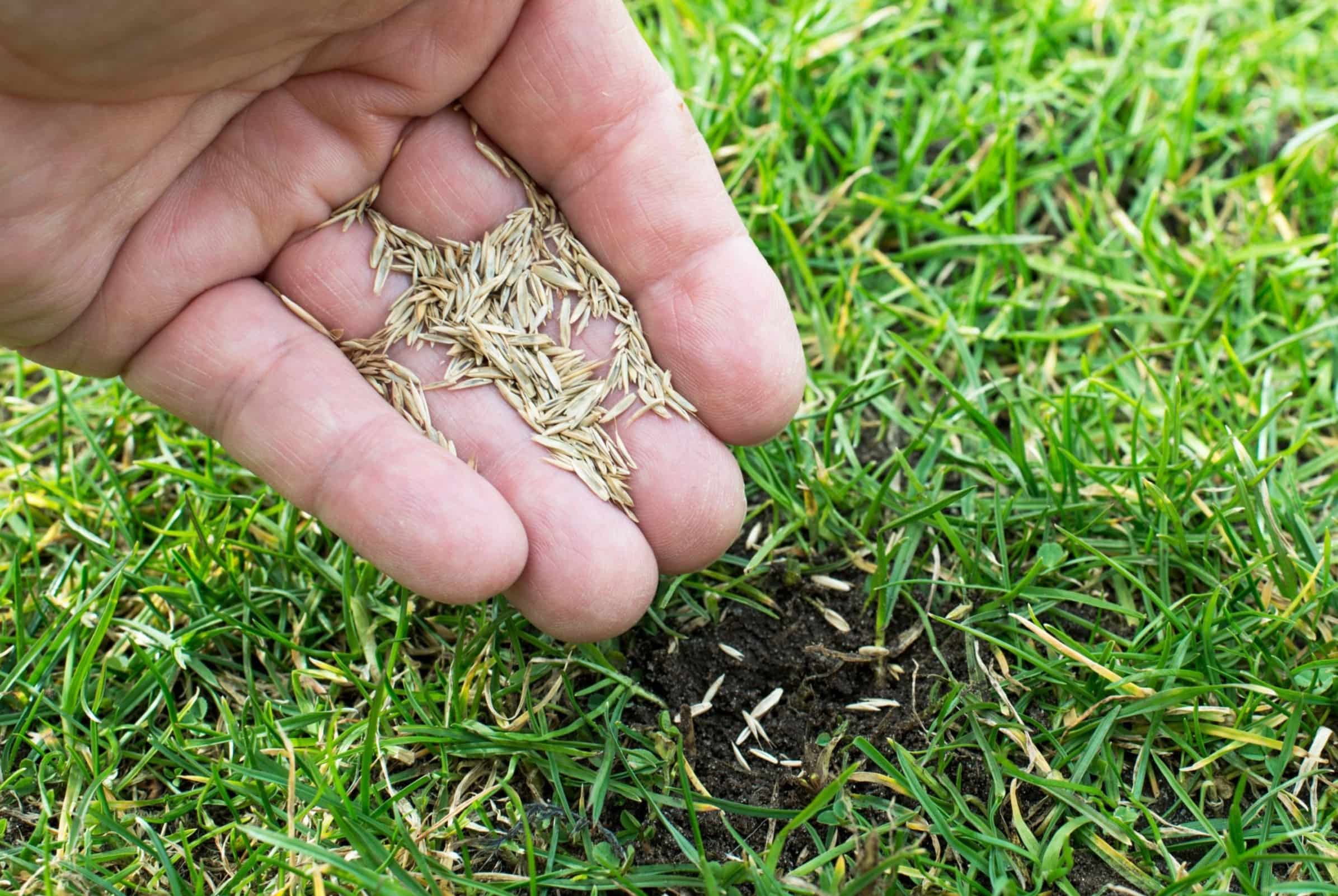

Landscaping Ideas
What Type Of Grass Seed To Plant In Fall
Modified: August 20, 2024
Discover the best grass seed for fall planting and improve your landscaping with our expert tips and ideas. Find the perfect match for your lawn today!
(Many of the links in this article redirect to a specific reviewed product. Your purchase of these products through affiliate links helps to generate commission for Storables.com, at no extra cost. Learn more)
Introduction
Welcome to the wonderful world of landscaping! As the vibrant colors of summer start to fade and the crispness of fall sets in, it’s the perfect time to think about rejuvenating your lawn. Planting grass seed in the fall can set the stage for a lush, green lawn that will be the envy of the neighborhood come springtime. However, choosing the right type of grass seed is crucial for the success of your lawn. In this article, we’ll explore the factors to consider when selecting grass seed, the differences between cool-season and warm-season grasses, and the best practices for planting grass seed in the fall.
Whether you’re a seasoned gardener or a novice enthusiast, understanding the nuances of grass seed selection and planting techniques can make a significant difference in the health and appearance of your lawn. So, let’s dive in and discover the secrets to achieving a vibrant and resilient lawn that will be a source of pride for years to come.
Key Takeaways:
- Choose the right grass seed based on your climate, soil type, sunlight exposure, usage, and maintenance preferences for a lush and resilient lawn.
- Plant grass seed in early fall, prepare the soil, select high-quality seed, and provide proper care to establish a vibrant and healthy lawn.
Read more: What Grass To Plant In The Fall
Factors to Consider When Choosing Grass Seed
Choosing the right grass seed is essential for establishing a healthy and thriving lawn. Several factors should be taken into account to ensure that the selected grass seed is well-suited to your specific lawn conditions and requirements.
- Climate: The climate of your region plays a significant role in determining the type of grass seed that will thrive. Consider whether you live in a predominantly cool or warm climate, as this will guide you in selecting cool-season or warm-season grasses.
- Soil Type: Understanding your soil composition is crucial. Some grass species prefer well-draining soils, while others can withstand clay or sandy soils. Conduct a soil test to determine the pH level and nutrient content, as this information will influence your seed selection.
- Sunlight Exposure: Assess the amount of sunlight your lawn receives throughout the day. Certain grass varieties are shade-tolerant, while others require ample sunlight to thrive. Select grass seed that aligns with the sunlight conditions of your lawn.
- Usage: Consider the intended use of your lawn. Are you looking to create a play area for children and pets, or do you desire a visually appealing landscape? Different grass species offer varying levels of durability, texture, and aesthetic appeal.
- Maintenance Preferences: Evaluate your maintenance preferences and capabilities. Some grass types demand frequent mowing and extensive care, while others are more low-maintenance and drought-resistant.
By carefully considering these factors, you can narrow down the options and identify the most suitable grass seed for your lawn. Keep in mind that consulting with local landscaping experts or extension offices can provide valuable insights tailored to your specific geographic area.
Cool-Season Grasses
Cool-season grasses are well-suited to regions with moderate to cold winters and warm summers. These grasses thrive in northern regions and at higher elevations, making them an excellent choice for lawns in such areas. Some popular cool-season grass species include:
- Kentucky Bluegrass: Known for its rich color and fine texture, Kentucky bluegrass is a top choice for lawns in cooler climates. It establishes a dense, lush turf and exhibits excellent tolerance to foot traffic.
- Fescue (Tall Fescue and Fine Fescue): Fescue grasses are valued for their shade tolerance and adaptability to various soil types. Tall fescue is particularly resilient and can withstand heavy use, making it suitable for high-traffic areas.
- Perennial Ryegrass: Perennial ryegrass is prized for its rapid germination and establishment, contributing to quick lawn coverage. It exhibits good wear tolerance and provides a lush, attractive appearance.
Cool-season grasses experience optimal growth during the cooler months of fall and spring, making them ideal for lawns in regions characterized by cold winters. Their ability to maintain color during the winter months adds to their appeal, ensuring a visually appealing lawn throughout the year. These grasses also possess remarkable resilience to frost and can recover well from winter dormancy, further contributing to their desirability in colder climates.
When selecting cool-season grass seed, consider the specific environmental conditions of your region to ensure that the chosen species will thrive. By understanding the unique characteristics of cool-season grasses, you can make an informed decision that will lead to a vibrant and resilient lawn.
Consider planting cool-season grasses such as Kentucky bluegrass, fescue, or ryegrass in the fall. These varieties thrive in cooler temperatures and will establish strong roots before winter.
Warm-Season Grasses
Warm-season grasses are well-suited to regions with hot summers and mild winters. These grasses thrive in southern regions and are prized for their ability to withstand heat and drought. Some popular warm-season grass species include:
- Bermuda Grass: Bermuda grass is renowned for its exceptional heat tolerance and rapid growth. It forms a dense, resilient turf and is well-suited to high-traffic areas, making it a popular choice for sports fields and golf courses.
- Zoysia Grass: Zoysia grass offers excellent heat and drought tolerance, along with a dense, carpet-like appearance. It thrives in full sun and exhibits good resistance to pests and diseases, making it a low-maintenance option for lawns.
- Centipede Grass: Centipede grass is valued for its low-maintenance requirements and ability to thrive in acidic, sandy soils. It boasts a medium texture and a vibrant green color, adding visual appeal to landscapes.
Warm-season grasses flourish during the hot summer months, displaying vibrant green hues and robust growth. Their ability to withstand prolonged periods of heat and minimal water makes them an excellent choice for lawns in southern regions. Additionally, warm-season grasses have a remarkable capacity to recover from summer dormancy, ensuring a resilient and attractive lawn throughout the year.
When considering warm-season grass seed, it’s essential to factor in the specific climate and environmental conditions of your region. By understanding the unique characteristics of warm-season grasses, you can make an informed decision that will lead to a lush, thriving lawn that can endure the challenges of hot summers.
Best Practices for Planting Grass Seed in Fall
Planting grass seed in the fall presents an excellent opportunity to establish a resilient and vibrant lawn for the following year. By following best practices for fall seeding, you can maximize the success of your lawn establishment efforts and set the stage for lush, healthy grass. Here are some essential guidelines to consider:
- Timing: Aim to plant grass seed in the early fall, approximately 45 to 60 days before the first anticipated frost. This allows the seeds to establish strong root systems before the onset of winter dormancy.
- Soil Preparation: Prepare the soil by removing debris, loosening compacted areas, and incorporating organic matter to improve soil structure. Conduct a soil test to assess nutrient levels and pH, and make any necessary amendments based on the results.
- Seed Selection: Choose high-quality grass seed that is well-suited to your climate and soil conditions. Consider a blend of grass varieties to enhance resilience and adaptability in varying environmental factors.
- Seeding Technique: Use a broadcast spreader or seed drill to evenly distribute the grass seed across the prepared soil. Ensure proper seed-to-soil contact by lightly raking or rolling the seeded area to promote germination.
- Watering and Maintenance: Keep the seeded area consistently moist to support germination and early growth. Avoid overwatering, as excessive moisture can lead to fungal issues. Monitor the soil moisture levels and adjust watering frequency as needed. Additionally, minimize foot traffic on newly seeded areas to prevent soil compaction.
- Fertilization: Consider applying a starter fertilizer specifically formulated for new seedings to provide essential nutrients for early growth. Follow the recommended application rates and timing to support healthy establishment.
- Monitoring and Care: Regularly monitor the seeded area for signs of germination and growth. As the grass seedlings develop, gradually transition to a regular maintenance routine, including mowing and fertilization, based on the specific requirements of the grass species.
By adhering to these best practices, you can create an optimal environment for successful grass seed germination and establishment. The fall season provides favorable conditions for root development, allowing the newly seeded grass to strengthen and prepare for the challenges of the upcoming seasons. With proper care and attention, you can look forward to a lush and resilient lawn that enhances the beauty of your outdoor space.
Read more: What Type Of Grass To Plant
Conclusion
As the fall season unfolds, the prospect of planting grass seed brings forth the promise of a vibrant and resilient lawn that will flourish in the seasons to come. By carefully considering the factors that influence grass seed selection and understanding the unique characteristics of cool-season and warm-season grasses, you can make informed choices that align with the specific needs of your lawn. Whether you’re aiming to create a lush, green landscape or establish a durable play area, the right grass seed can set the stage for a thriving outdoor space.
Embracing best practices for planting grass seed in the fall empowers you to create an optimal environment for successful establishment. From timing the seeding process to preparing the soil, selecting high-quality grass seed, and providing essential care, each step contributes to the foundation of a healthy and resilient lawn. The attention to detail and thoughtful approach to lawn care can yield remarkable results, transforming your outdoor space into a welcoming and visually appealing haven.
As you embark on the journey of fall grass seed planting, remember that the process is not just about creating a beautiful lawn – it’s about nurturing a living, breathing ecosystem that enhances the natural beauty of your surroundings. It’s about fostering a space where families gather, children play, and cherished memories are made. With each blade of grass that takes root, you’re contributing to the tapestry of life that unfolds in your outdoor oasis.
So, as you select the perfect grass seed, prepare the soil with care, and witness the first tender shoots emerge, savor the anticipation of the vibrant lawn that awaits. With thoughtful consideration and a touch of green-thumb magic, you’re poised to cultivate a landscape that will be a source of pride and joy for years to come.
May your fall grass seed planting endeavors yield a bountiful harvest of beauty, resilience, and cherished moments in the great outdoors.
Frequently Asked Questions about What Type Of Grass Seed To Plant In Fall
Was this page helpful?
At Storables.com, we guarantee accurate and reliable information. Our content, validated by Expert Board Contributors, is crafted following stringent Editorial Policies. We're committed to providing you with well-researched, expert-backed insights for all your informational needs.
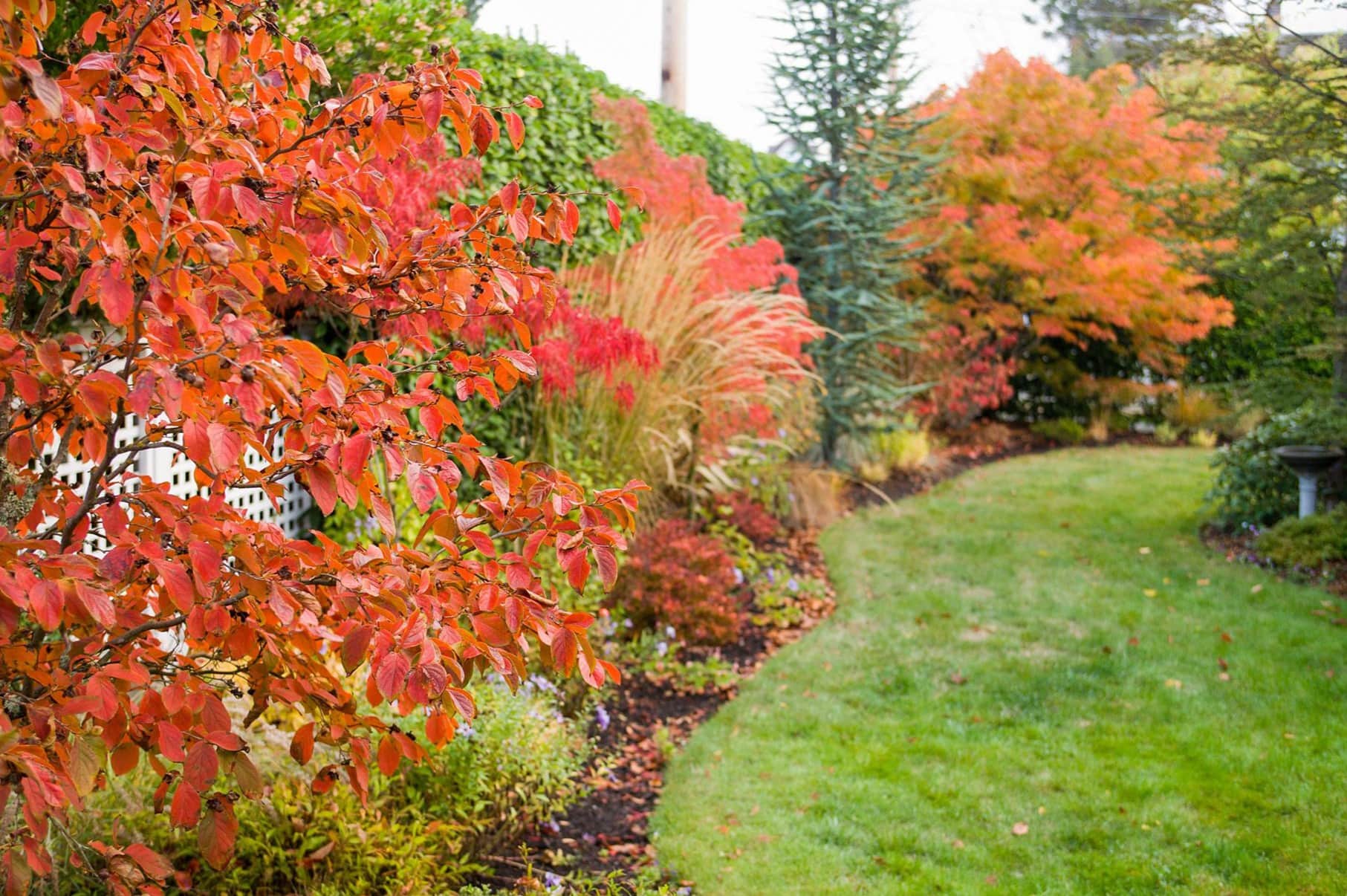
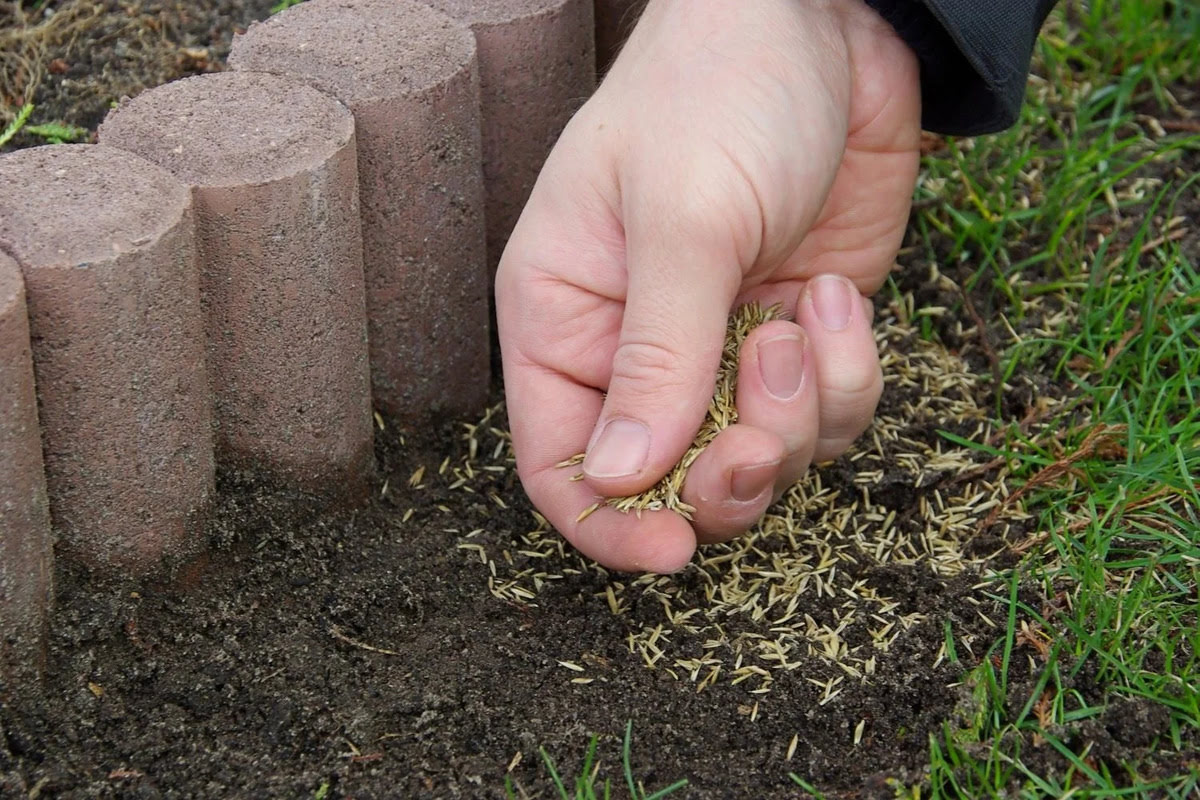

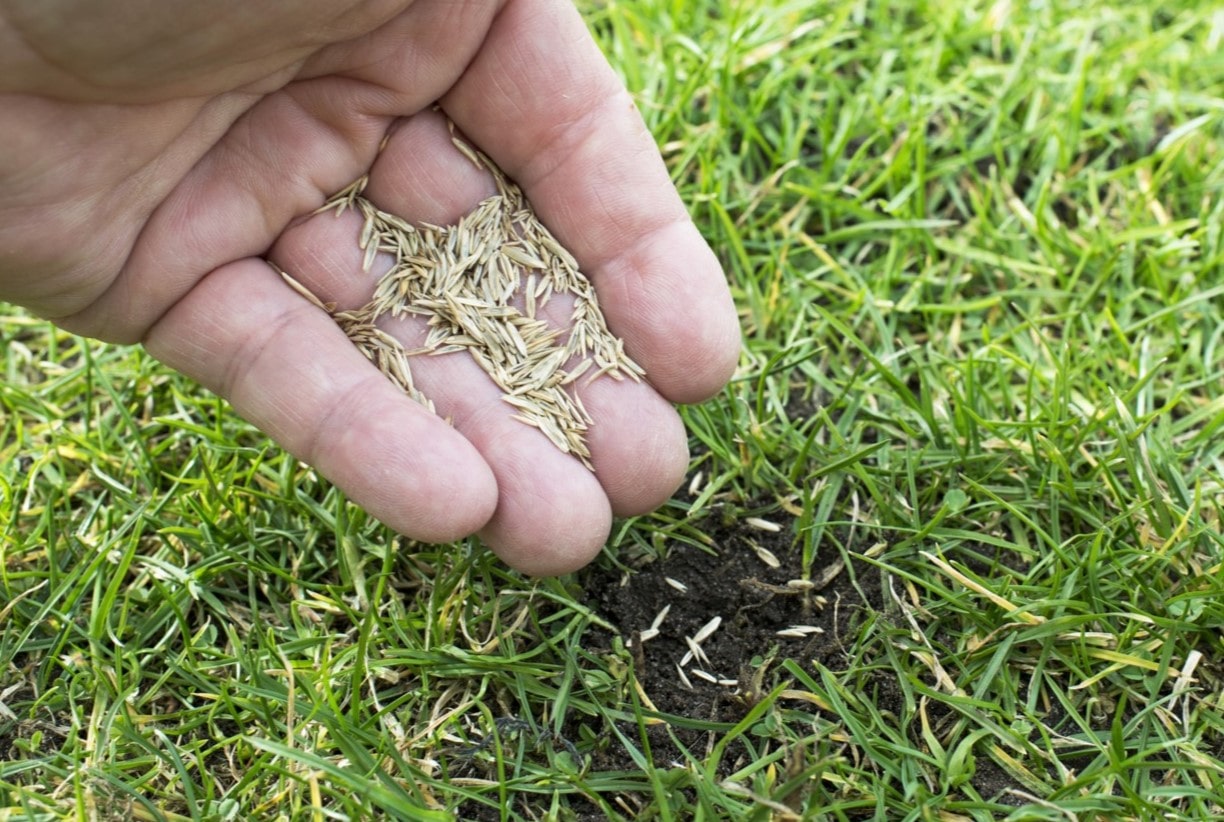


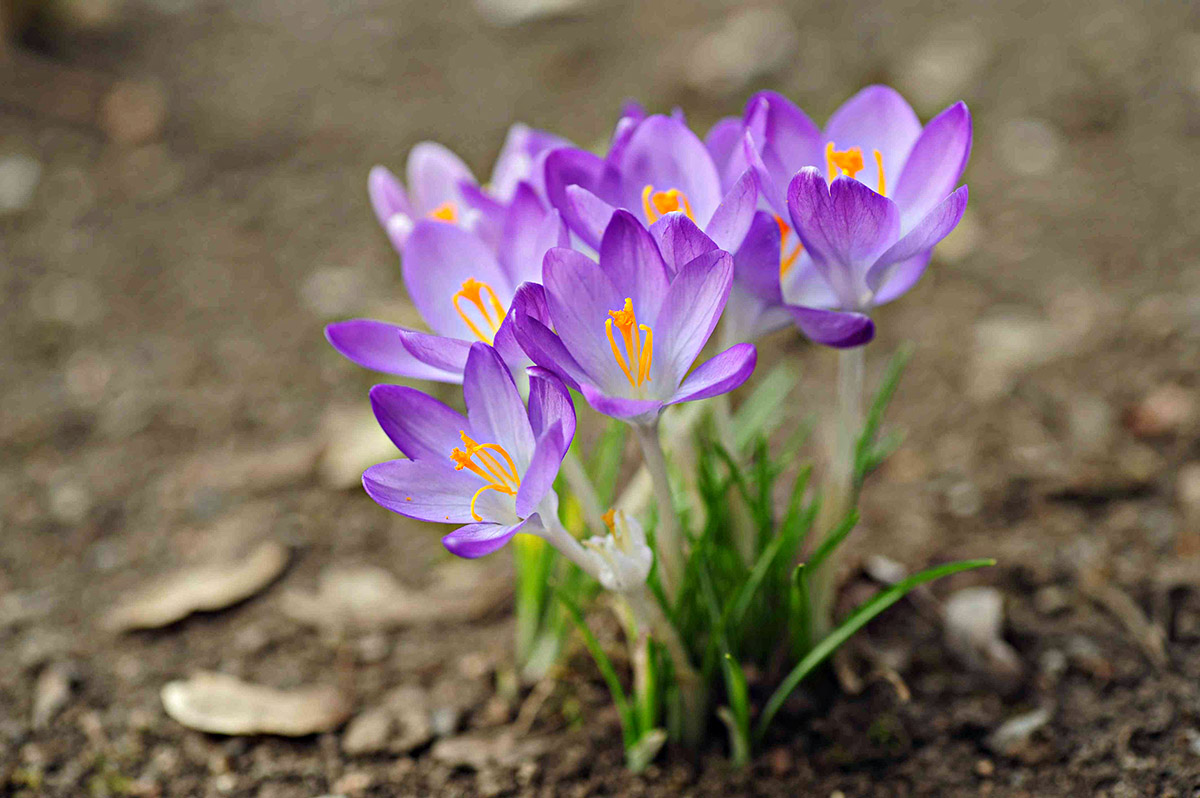
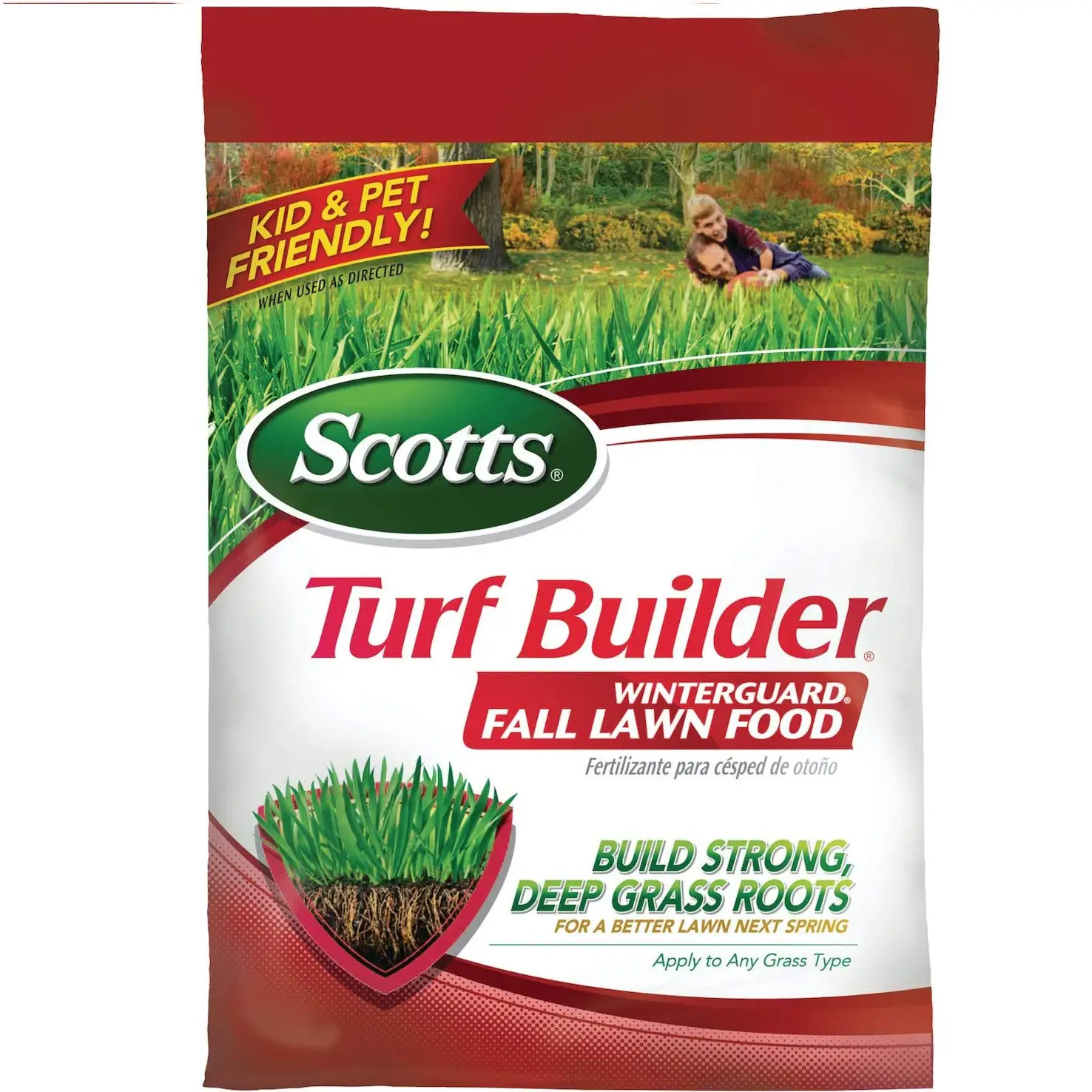


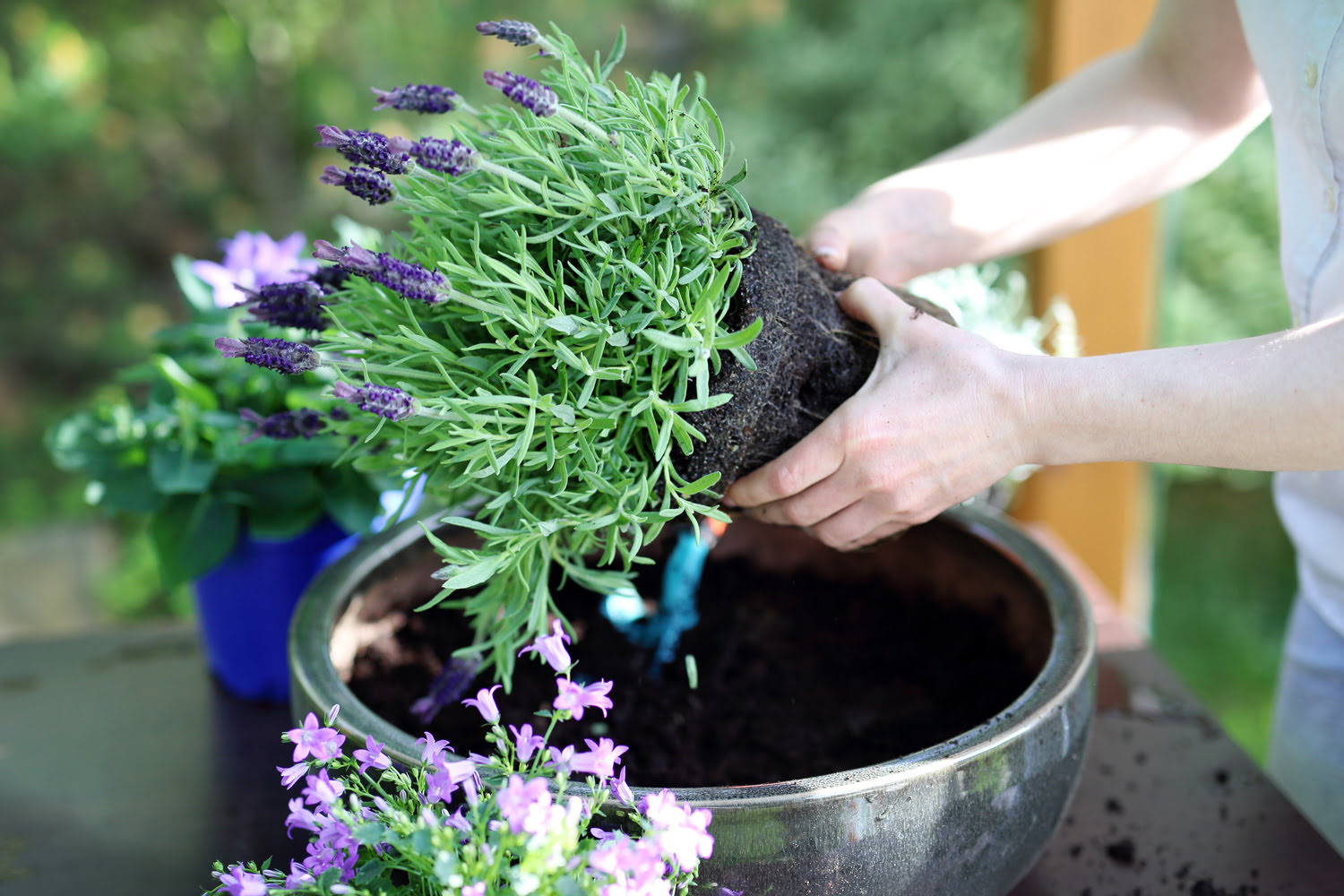
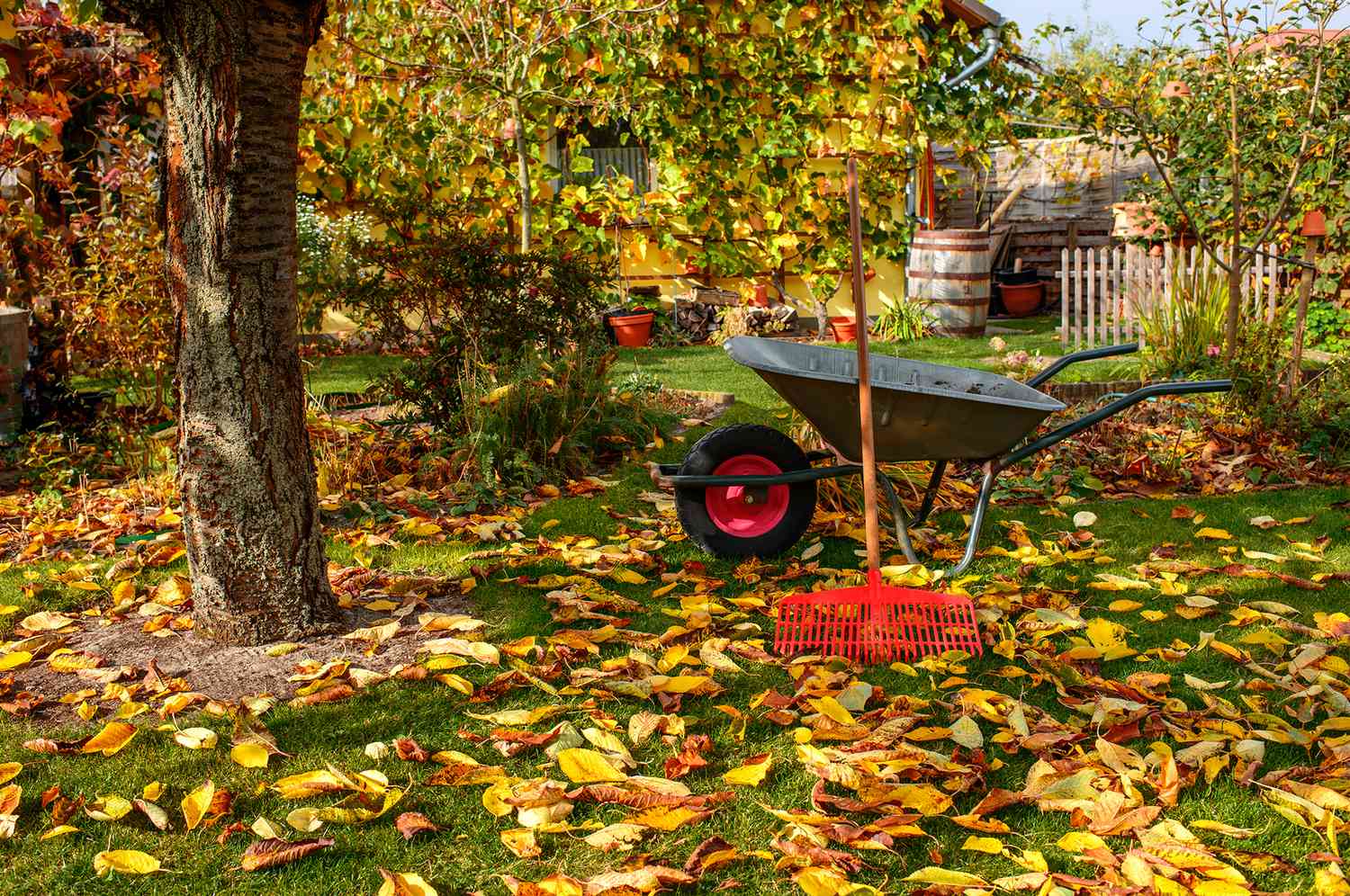
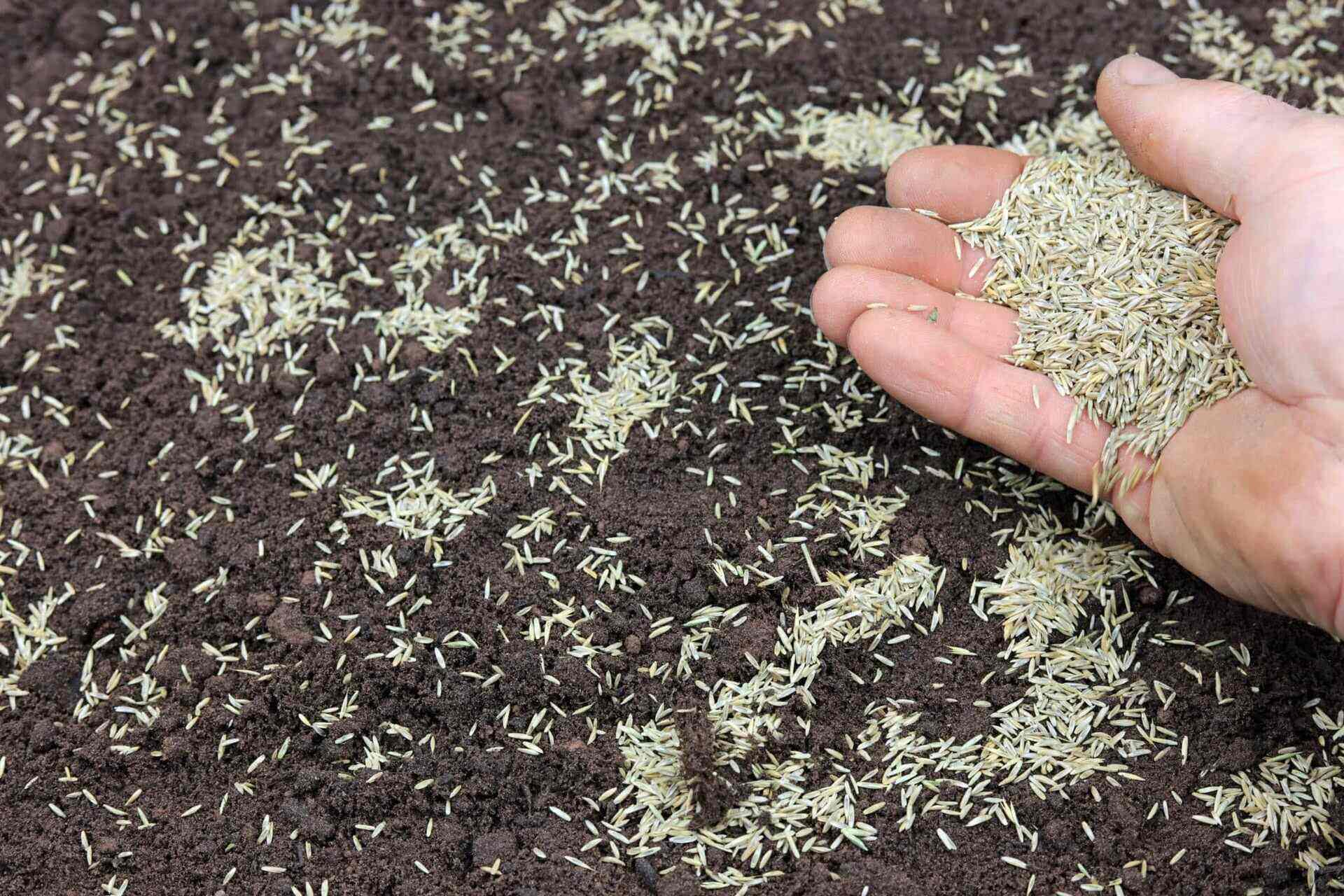


0 thoughts on “What Type Of Grass Seed To Plant In Fall”